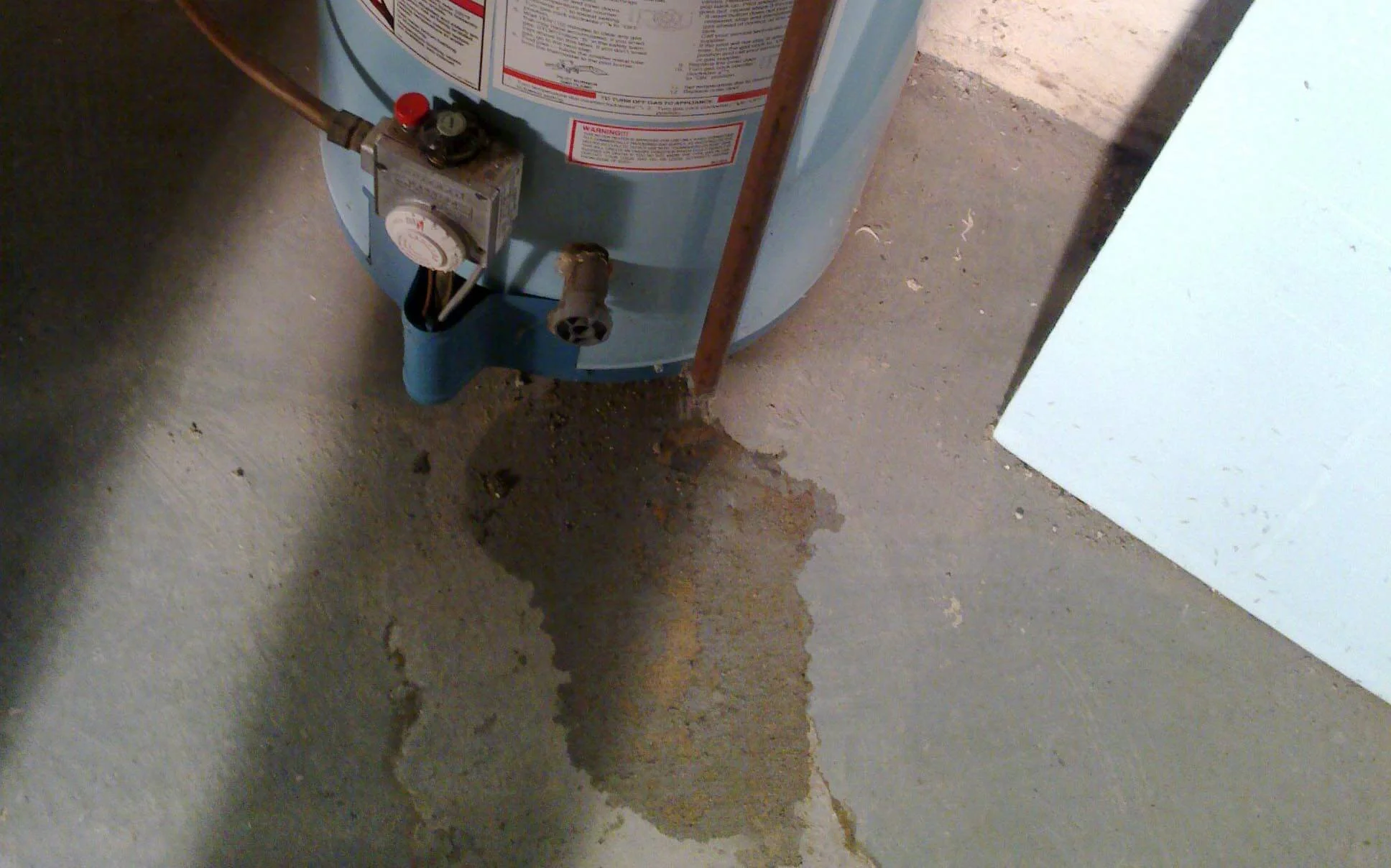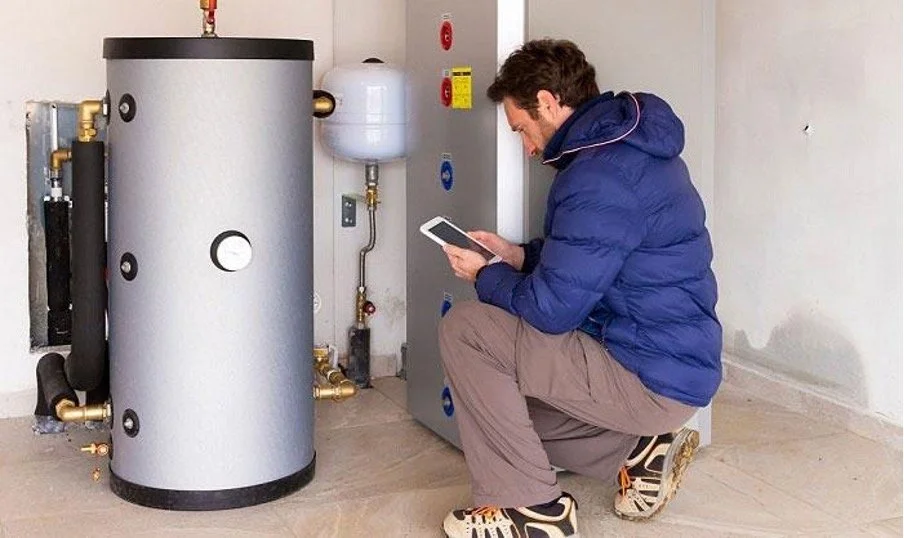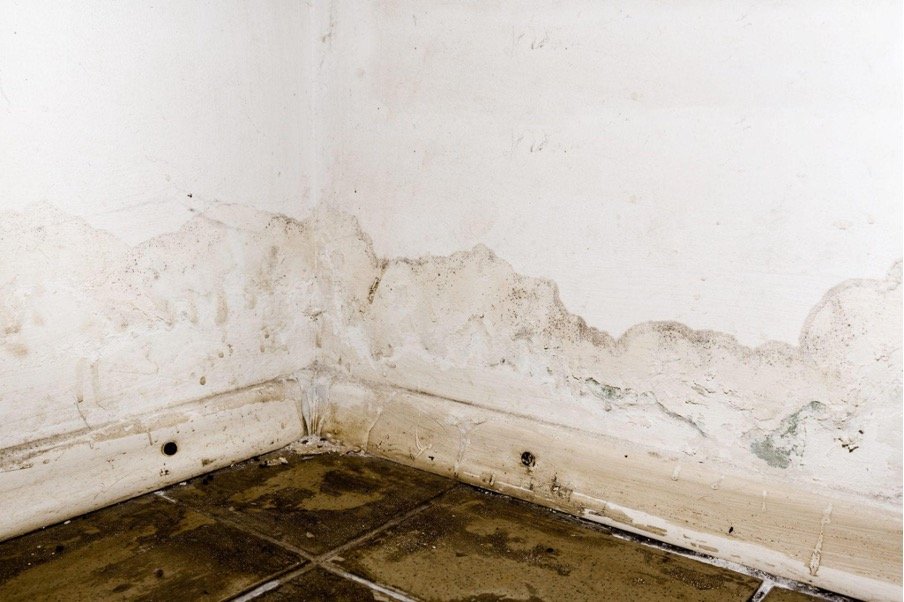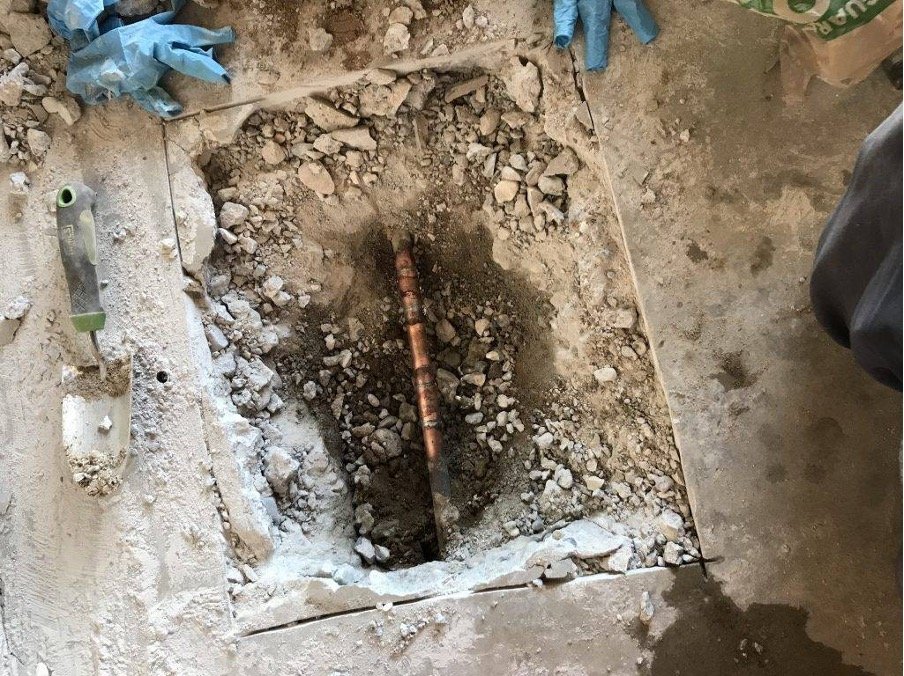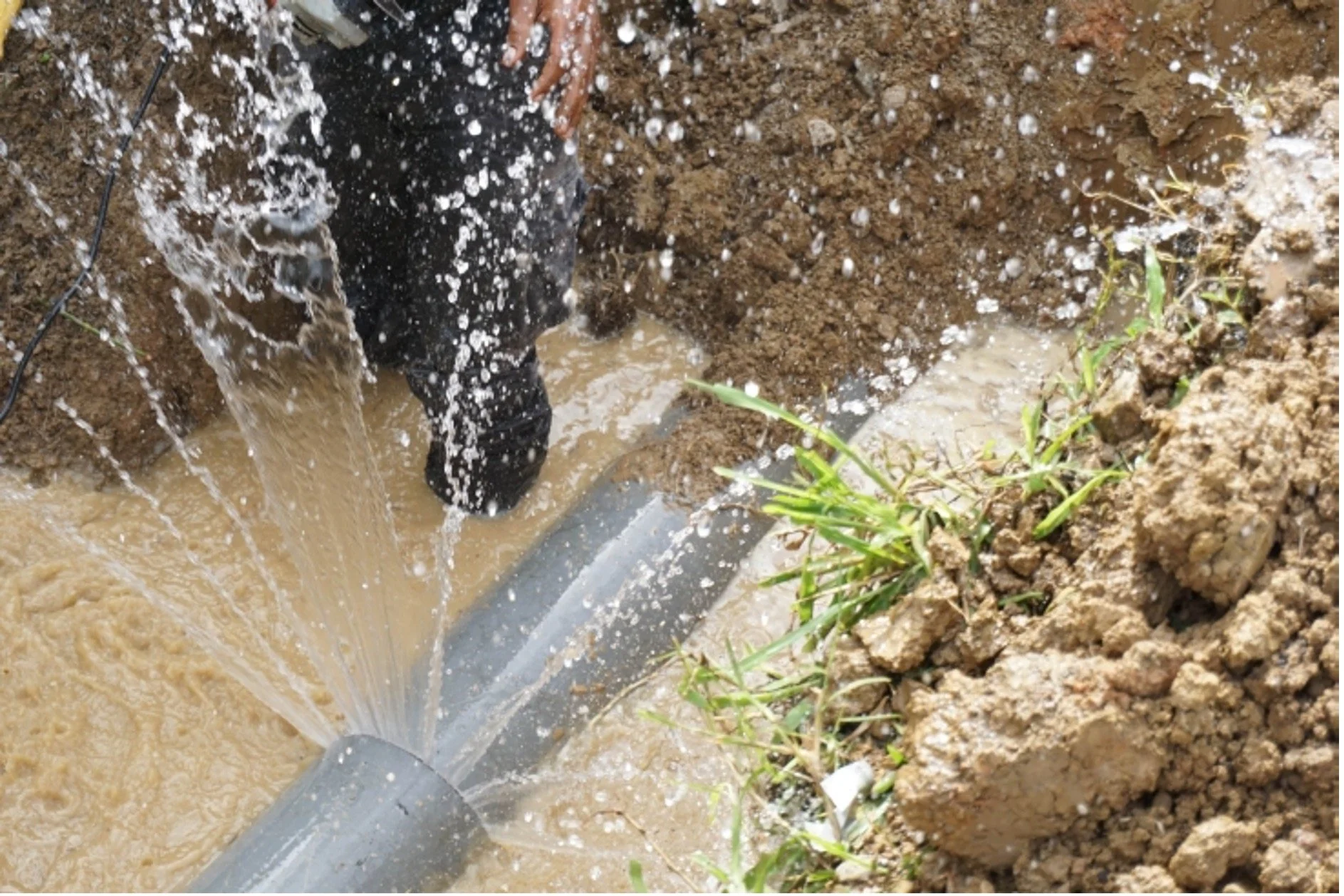Go Green: Home Improvements in Your Kitchen and Bathroom
RH Business Marketing Solutions
Your home is an important place where you spend most of your time. It should also be a comfortable place to live. When it comes to improving your home, there are many things you can do to make your home more environmentally friendly. Here are some tips on how to go green through kitchen and bathroom remodeling
1. Use Energy Efficient Appliances
There are so many energy-efficient appliances available today. They save money, help cut down on pollution, and reduce greenhouse gas emissions. Companies are coming out with new and improved appliances to become more eco-friendly. For example, you can opt for a dishwasher that uses less water than conventional options. Although you may think that these appliances are expensive upfront, the costs will eventually pay off and you will have huge savings in the long run.
It’s also a good idea to replace old appliances as well, especially if they’re not working properly anymore. Older appliances tend to use more energy, making them less eco-friendly. In addition, they can consume more energy, resulting in higher energy bills. So when replacing your appliances, look for ones that are energy efficient.
One of the most popular energy-saving appliances today is the LED light bulb. LED light bulbs can significantly cut down your energy bills, and they even last longer than incandescent or fluorescent lights. This means you don’t have to constantly change out your light bulbs because you’re guaranteed that they’ll be working properly for a long time.
2. Install Water-Saving Fixtures
Water-saving fixtures such as faucets and toilets use less water than conventional models. Installing water-saving fixtures not only saves money but also helps conserve natural resources. A good water-saving fixture you can install in your bathroom is a dual flush button for the toilet. This can help save water because it uses less water for liquid waste. Whenever there isn’t much waste that needs to be flushed, you can simply use the option that uses half the water needed for solid waste.
Another water-saving fixture you can install at home is faucets that turn off automatically when the sink isn't being used. This way, you don’t have to worry about wasting water whenever somebody forgets to turn off the faucet. Lastly, you can also purchase low-flow showerheads for your bathroom. These showerheads allow just enough water to run through them without wasting any excess.
3. Have a Compost Pile
Composting is a simple process that can help you lower your carbon footprint and work your way towards net-zero CO2 emissions. Having a compost pile at home can help you recycle organic materials into the soil. You can even add food scraps from your kitchen to this pile which will then produce fertilizer. This doesn’t only benefit you in the kitchen but provides you with a variety of advantages in the garden as well.
To start a compost pile, all you need is wood chips or sawdust, and a container. Make sure to continuously add fresh material to the pile. After a month or two, you can remove the top layer and start adding new stuff again. The best thing about having a compost pile is that you won’t have to buy fertilizer every year. It also helps improve the quality of the soil in your garden and reduces the need for chemical fertilizers.
4. Install Eco-Friendly Tiles and Flooring
If you're just starting to build your home, then it's a great option to install eco-friendly tiles or flooring. There are lots of companies that offer eco-friendly products like bamboo flooring, cork flooring, and recycled plastic flooring. These types of floorings are made using renewable resources and therefore contribute towards reducing your carbon footprint. Not only do they last longer, but they are also cost-effective.
Eco-friendly flooring doesn't have to be boring either. They come in different colors and styles so you can choose what works best for you. For example, those who are leaning towards tiny kitchens or small bathroom designs can try installing reclaimed or vintage tiles on their walls. This type of is definitely an interesting choice when you want to make a statement in your house.
5. Make Improvements for Better Lighting
Having windows that provide adequate lighting can help you save energy. There are many ways to increase the amount of natural light in your home. You can strategically place your windows in areas that receive a lot of sunlight to provide natural light. This way, you don’t have to open the lights all the time when you’re in the kitchen or the bathroom. The natural light from the sun is enough to brighten up the space and allow you to function.
In addition, upgrading your windows to glazed windows can help save more energy. This kind of window can act as insulation to prevent significant losses of heat. Glazed windows keep the room at an optimal temperature so you don’t have to open appliances such as HVAC systems just to keep your home comfortable.
Guest Contributor: Kat Sarmiento








